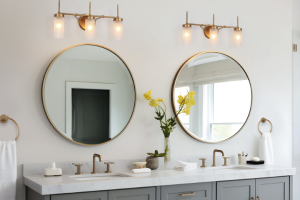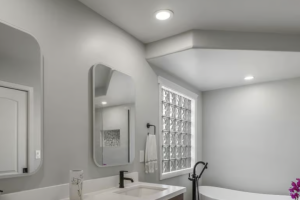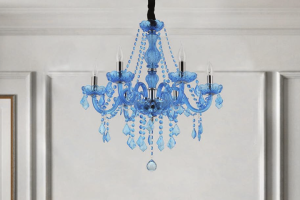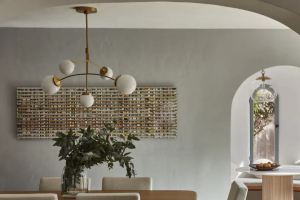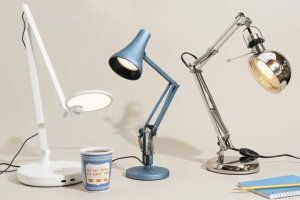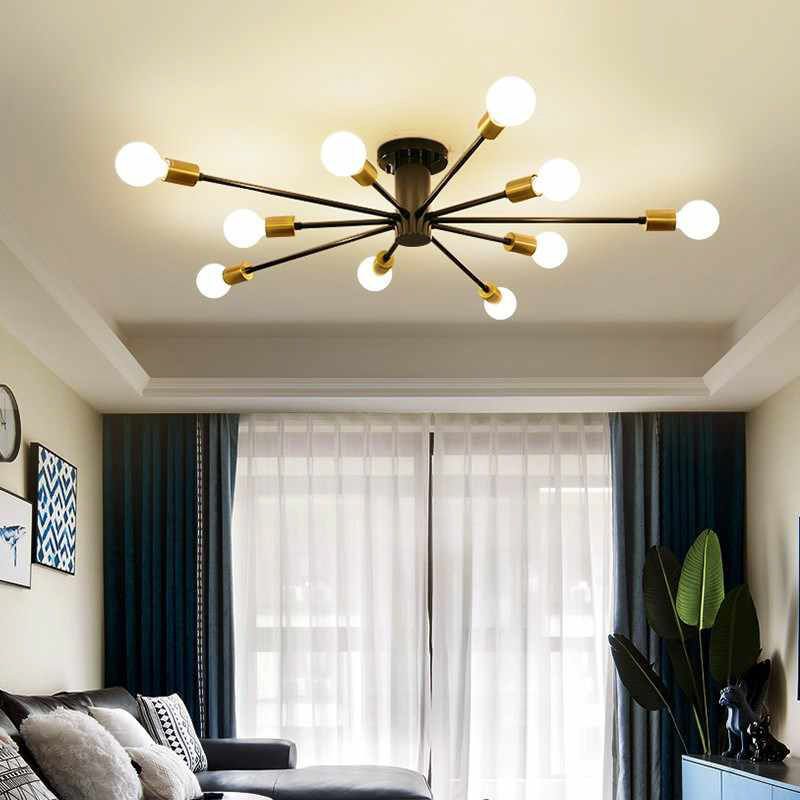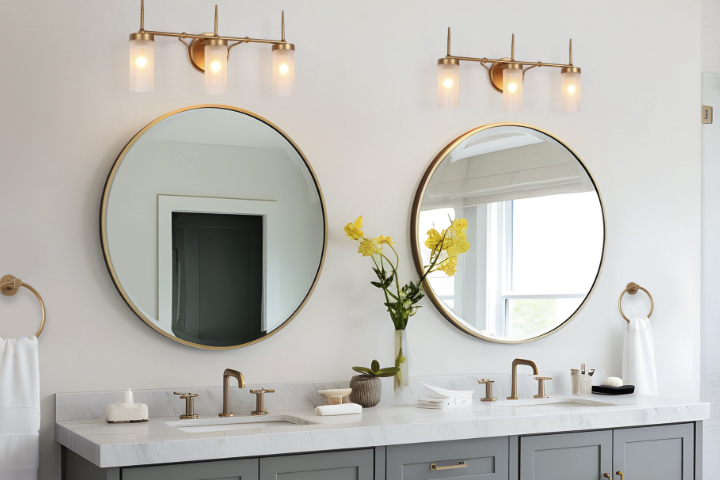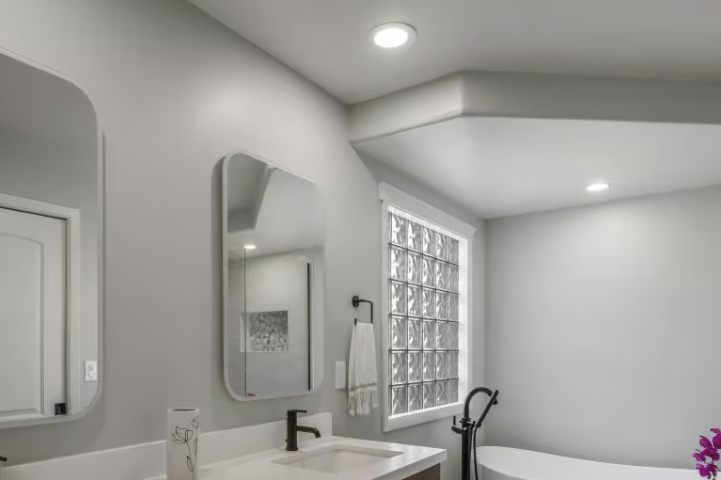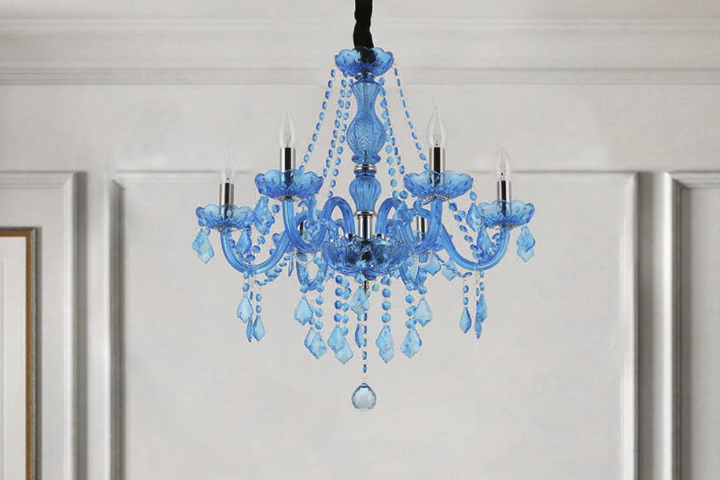Lighting plays a crucial role in interior design, as it has the power to transform the look and feel of a space. Whether you’re designing a new home or simply looking to update your living room, getting the lighting right is essential. In this article, we will explore the importance of good lighting in your living room and provide tips and ideas for creating the perfect lighting design.
The Importance of Good Lighting in Your Living Room
Good lighting can make or break the overall look and feel of a room. It has the ability to enhance the colors, textures, and furniture in a space, creating a warm and inviting atmosphere. In the living room, where we spend a significant amount of time relaxing and entertaining guests, getting the lighting right is particularly important.kensulighting
The living room is often the central hub of the home, where families gather to spend quality time together. It is also a space where guests are entertained and socialize. Therefore, it is crucial to create a comfortable and welcoming ambiance that suits both everyday living and special occasions. The right lighting can help achieve this by providing adequate illumination for various activities while also setting the mood.
Choosing the Right Type of Lighting for Your Space
When it comes to lighting design, there are three main types of lighting to consider: ambient, task, and accent lighting.
Ambient lighting provides overall illumination for a room and sets the general mood. It can be achieved through ceiling-mounted fixtures, such as chandeliers or recessed lights, or through floor or table lamps that provide soft, diffused light.
Task lighting is focused on specific areas where activities such as reading, working, or cooking take place. It should be bright enough to prevent eye strain but not too harsh or glaring. Task lighting can be achieved through desk lamps, floor lamps with adjustable heads, or under-cabinet lights in the kitchen.
Accent lighting is used to highlight specific features or objects in a room, such as artwork, architectural details, or plants. It adds depth and visual interest to a space. Accent lighting can be achieved through track lighting, wall sconces, or picture lights.
When choosing the right type of lighting for your living room, consider the activities that take place in the space and the mood you want to create. A combination of ambient, task, and accent lighting will provide a well-rounded lighting design that meets both functional and aesthetic needs.
Creating a Cozy Ambiance with Warm Lighting
Warm lighting is essential for creating a cozy and inviting atmosphere in your living room. It can make the space feel more intimate and comfortable, perfect for relaxing or spending quality time with loved ones.
To achieve warm lighting, opt for light fixtures with warm-colored bulbs, such as incandescent or halogen bulbs. These bulbs emit a soft, yellowish light that mimics the warm glow of candlelight. You can also use dimmer switches to adjust the intensity of the light and create a more relaxed ambiance.
Incorporate warm lighting fixtures into your living room design by using table lamps with fabric shades, wall sconces with warm-colored bulbs, or pendant lights with amber or frosted glass shades. Place these fixtures strategically around the room to create a warm and inviting atmosphere.
Incorporating Natural Light into Your Living Room Design
Natural light is a valuable asset in any living room design. It not only provides illumination but also offers numerous benefits for our well-being. Natural light has been proven to boost mood, improve productivity, and even regulate our sleep-wake cycle.
To maximize natural light in your living room, consider the orientation of your windows and the placement of furniture. Position seating areas near windows to take advantage of natural light during the day. Avoid blocking windows with heavy curtains or furniture that obstructs the flow of light.
You can also enhance natural light by using light-colored or sheer curtains that allow sunlight to filter through. Mirrors can also be strategically placed to reflect natural light and make the room appear brighter and more spacious.
Enhancing Your Décor with Statement Lighting Fixtures

Statement lighting fixtures are a great way to add personality and style to your living room. They can serve as focal points and create visual interest in the space. Whether you prefer a modern, minimalist design or a more traditional, ornate style, there are statement lighting fixtures to suit every taste.
Consider incorporating a statement chandelier or pendant light in your living room design. These fixtures can be bold and eye-catching, adding a touch of elegance and sophistication to the space. Alternatively, you can opt for a unique floor lamp or table lamp with an interesting design or unusual materials.
When choosing statement lighting fixtures, consider the overall style and color scheme of your living room. The fixture should complement the existing décor and enhance the overall aesthetic of the space.
Maximizing Space with Clever Lighting Placement
Lighting placement can have a significant impact on the perceived size of a room. By strategically placing lights, you can create an illusion of more space and make your living room feel larger and more open.
To maximize space with clever lighting placement, consider using recessed lights or track lighting along the perimeter of the room. These types of lighting fixtures provide ambient lighting without taking up valuable floor or wall space.
You can also use wall sconces or picture lights to draw attention to specific areas or features in the room, such as artwork or architectural details. By highlighting these elements, you can create visual interest and make the space feel more expansive.
Additionally, consider using floor lamps with adjustable heads to direct light towards specific areas or objects. This allows you to control where the light is focused and create different zones within the living room.
The Benefits of Dimmer Switches for Your Living Room
Dimmer switches are a valuable addition to any living room design. They allow you to adjust the intensity of the light, creating a more versatile and customizable lighting scheme.
The benefits of dimmer switches are twofold. Firstly, they provide flexibility in terms of lighting levels. You can dim the lights for a cozy movie night or brighten them up for a lively gathering with friends. Secondly, dimmer switches can help save energy and extend the lifespan of your light bulbs. By reducing the amount of electricity flowing to the bulbs, you can lower your energy consumption and reduce your carbon footprint.
To incorporate dimmer switches into your living room design, consider installing them for overhead lights, wall sconces, or floor lamps. This will allow you to control the lighting levels in different areas of the room and create the desired ambiance.
Adding Color and Personality with Colored Lighting
Colored lighting is a fun and creative way to add personality and flair to your living room. It can create a dramatic effect, highlight specific features, or simply add a pop of color to the space.
There are various ways to incorporate colored lighting into your living room design. One option is to use colored light bulbs or LED strips behind furniture or architectural elements to create a vibrant and dynamic atmosphere. You can also use colored lampshades or pendant lights to add a splash of color to the room.
When using colored lighting, it is important to consider the overall color scheme and style of your living room. Choose colors that complement the existing décor and create a cohesive look.
The Role of Task Lighting in Your Living Room
Task lighting is essential for creating functional and comfortable living spaces. It provides focused illumination for specific activities such as reading, working, or doing hobbies.
In the living room, task lighting can be achieved through various fixtures such as desk lamps, floor lamps with adjustable heads, or wall-mounted reading lights. These fixtures should be positioned near seating areas or workspaces to provide adequate lighting without causing glare or shadows.
When choosing task lighting fixtures, consider the specific activities that take place in your living room and the needs of the individuals using the space. Adjustable lamps or lights with flexible arms are ideal for directing light exactly where it is needed.
Energy-Efficient Lighting Options for Your Home
Energy-efficient lighting is not only good for the environment but also for your wallet. By choosing energy-efficient lighting options, you can reduce your energy consumption and save money on your electricity bills.
LED (light-emitting diode) bulbs are one of the most energy-efficient lighting options available. They use up to 80% less energy than traditional incandescent bulbs and can last up to 25 times longer. LED bulbs are available in a variety of colors and brightness levels, making them suitable for any living room design.
Another energy-efficient option is compact fluorescent lamps (CFLs). These bulbs use about 75% less energy than incandescent bulbs and can last up to 10 times longer. CFLs are available in different shapes and sizes, making them suitable for a wide range of fixtures.
To incorporate energy-efficient lighting into your living room design, replace traditional incandescent bulbs with LED or CFL bulbs. You can also consider installing motion sensors or timers to automatically turn off lights when they are not in use.
Good lighting is essential for creating a comfortable and inviting living room. By choosing the right type of lighting, incorporating natural light, using statement fixtures, maximizing space with clever placement, adding dimmer switches, using colored lighting, incorporating task lighting, and opting for energy-efficient options, you can create a well-rounded lighting design that enhances the overall look and feel of your living room. Experiment with different types of lighting and have fun creating a space that suits your personal style and needs.

